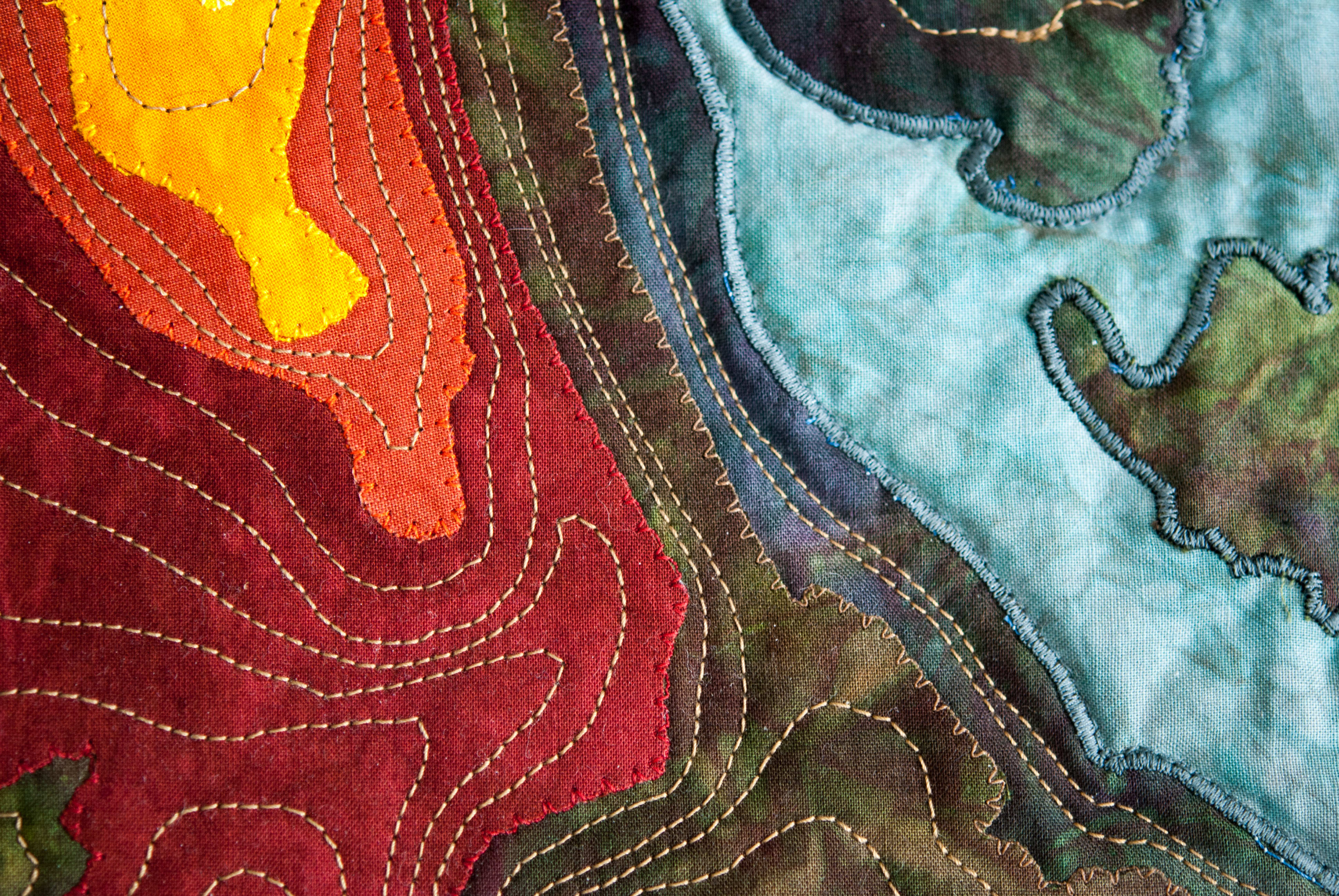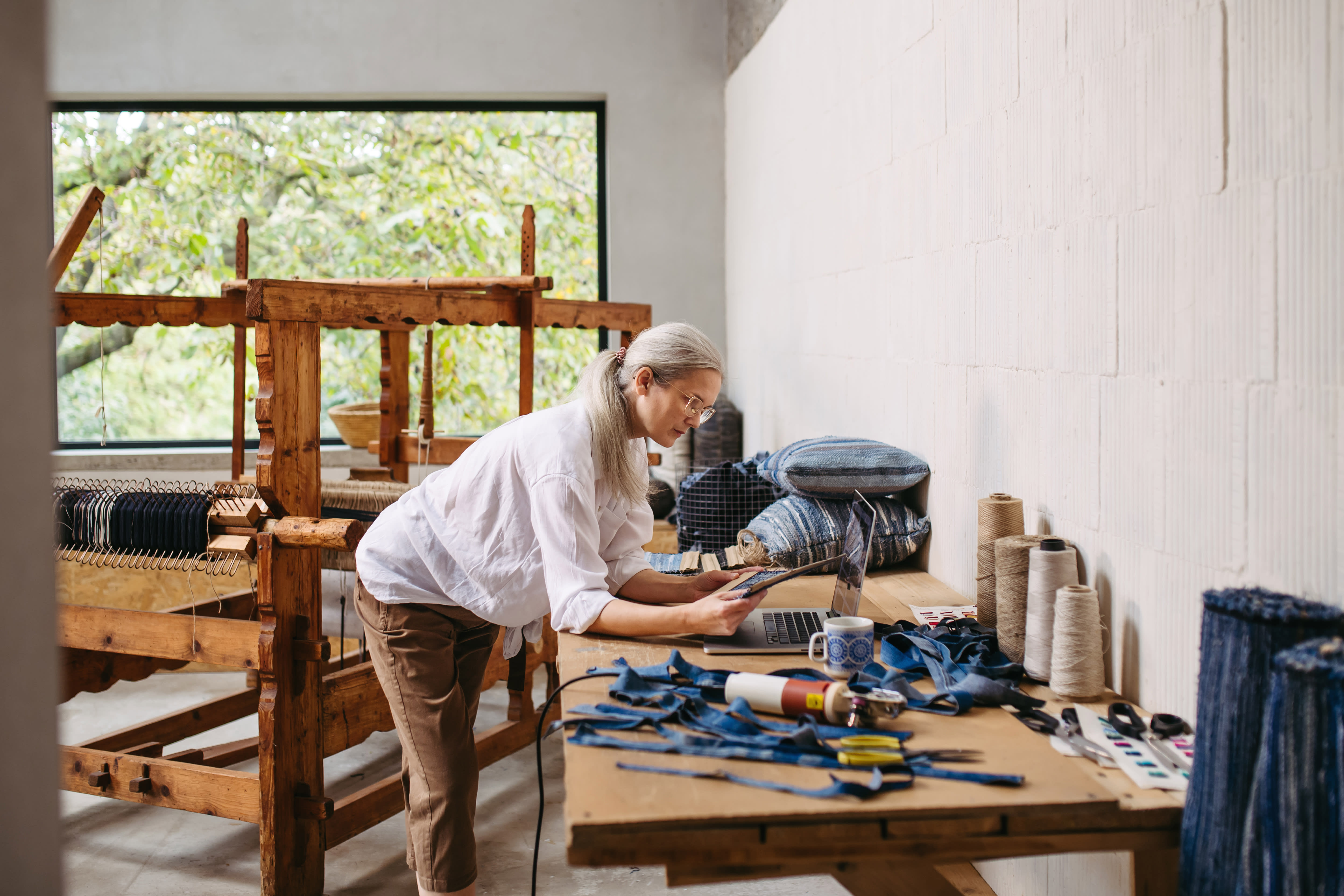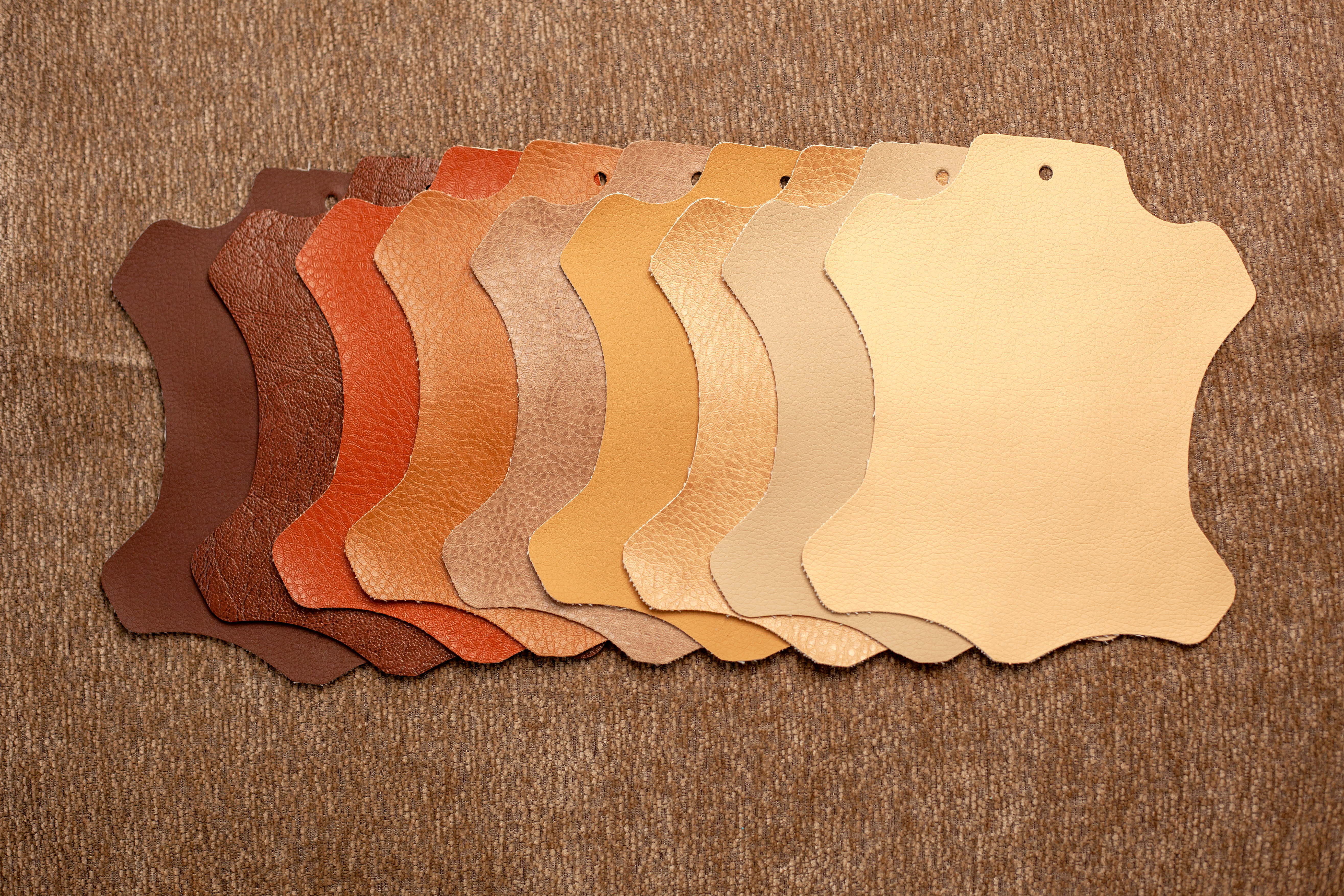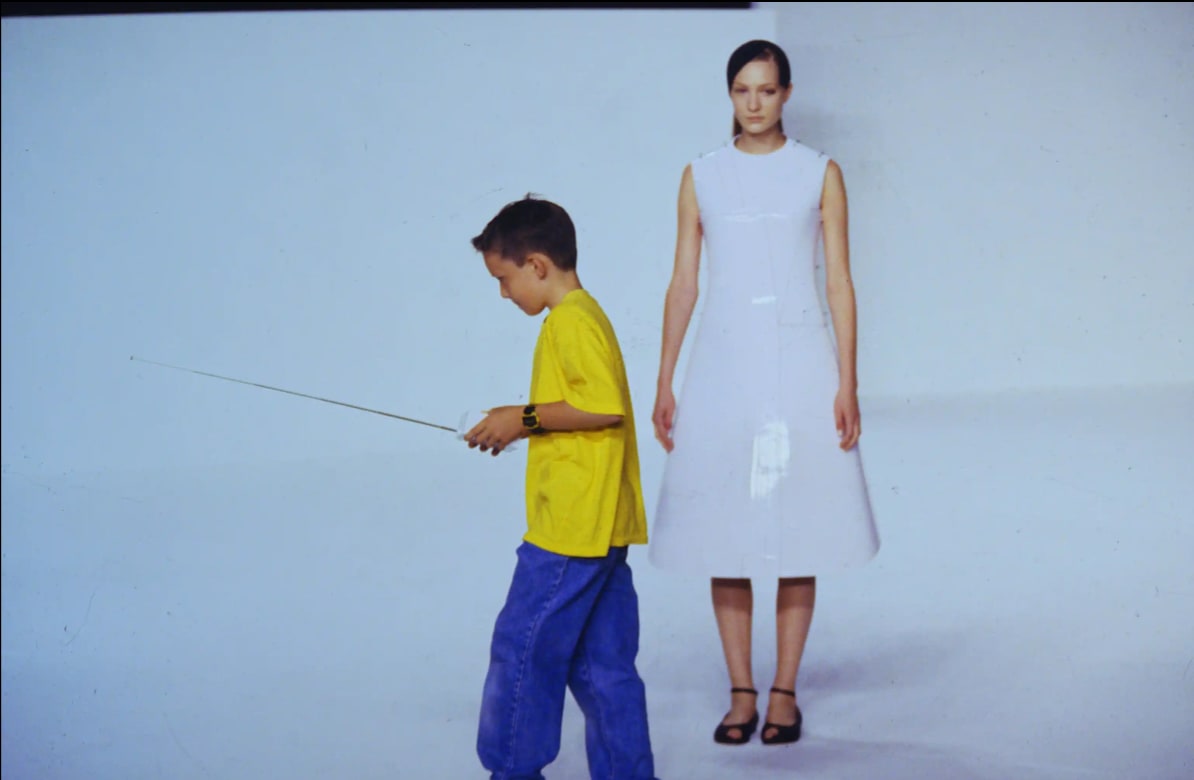



johndoe@gmail.com
Are you sure you want to reset the form?
Your mail has been sent successfully
Are you sure you want to remove the alert?
Your session is about to expire! You will be logged out in
Do you wish to stay logged in?
The Circular Economy, Innovative Materials and Digital Fashion

“Technology is not neutral. We’re inside of what we make, and it’s inside of us. We’re living in a world of connections — and it matters which ones get made and unmade.”- Donna Haraway (A Cyborg Manifesto, 1985)
In advance of the UN Climate Change Conference this year, there is no more appropriate time to think of the future and the fashion industry's role as part of this, than now. Although the role of designers has changed over time, now more than ever we look to them as a creative leaders and problem solvers. Harraway’s message speaks to this responsibility and urges us to consider how we use technology in an interconnected world.
In a culture inundated with information, there is a need for ambitious yet clear approaches to sustainability in the fashion industry. This featured content will guide on this complex topic with key examples of sustainable practices; circular fashion, innovative materials and digital fashion, drawing on a vast selection of resources from Bloomsbury Fashion Central.
Circular Fashion

The fashion industry is often criticized for issues such as poor working conditions, CO2 emissions, wastage, use of harmful chemicals and micro-plastics. Circular fashion is a sustainable approach to the design, production, and consumption of clothing which aims to eliminate waste, extend the life of garments, and keep materials in use for as long as possible. Building Circular Business Models and Value Chains by Kerli Kant Hvass and Esben Rahbek Gjerdrum Pederson explores the role of the circular economy as a strategic business model, emphasising it as a holistic concept which cuts across organizational, sectoral, and national boundaries. Circular Fashion: Moral Effects and Ethical Implications by Herman Ståluses looks at a group of Swedish fashion firms who embrace circular fashion and their impact on economic efficiency and in producing a social mandate to lead others.
Central to circular fashion is the practice of lifecycle thinking. Design for Sustainability as Strategies and Tactics by Alice Payne explores extending the garments lifecycle from the cradle (fibre) through to the grave (garment disposal) to help reduce landfill waste and overconsumption.
Brands are also increasingly experimenting with recycling, repair, sharing, and upcycling initiatives to increase the longevity of garments. The Seam: Scaling a Circular Fashion Business Model by Patsy Perry explores this through a sustainable fashion start-up which aims to increase access to affordable repair and alteration services.
The responsibility does not only lie with designers and brands, however. Working With Alterations, Repairs, and Clients by Chelsey Byrd Lewallen offers practical advice on the logistics of clothing alterations and repairs, enabling anyone to reduce their environmental impact by supporting repair, reuse, and recreation of existing clothing, thereby slowing down fashion consumption.
Innovative Materials

Since the invention of the needle approximately 25,000 years ago, people have been innovating with natural materials to create garments. Today the fashion industry looks to disciplines such as technology, architecture, industrial design, and biochemistry for alternatives to synthetic materials which consume fewer resources and emit fewer pollutants. In some cases, this involves practices which are more in line with humans’ historic relationship to the land. The brand Escvdo promotes a holistic view of sustainable production with its socially responsible practices, respect for the environment, and an interconnectedness among land, craft, and national identity. Similarly, the sustainable luxury brand Angela Damman Yucatán focuses on innovation at the very start of the supply chain, with the plants.
There has been a cultural shift towards sustainable alternatives to materials such as leather. This business case study The Sustainability-Driven Brand That Tested Sourcing and Marketing Vegetable-Tanned versus Vegan Leather by Emma Hakansson looks at how the designer of the footwear brand, Sylven New York, explores material innovation and leather alternatives, with a particular interest in bio-based materials.
One emerging biotextile and alternative bioleather that has the potential to radically transform the fashion industry is bacterial cellulose, a renewable, non-synthetic plant source which can biodegrade without producing toxic solvents. The business case Bacterial Cellulose: Forging Fashion as an Interdisciplinary (STEM) Practice by Luis Quijano and Matalie Howard explores the potential of bacterial cellulose in the textile industry, focusing on future fashion production and creating a target market for this innovative material.
The relationship between sustainability and fashion is highly complex. Technological approaches require an examination of complex and sometimes contradicting interactions across the environment, social justice and labour practices, policy, and regulation. This bibliographic guide Environmental Impact of the Fashion Industry and Sustainable Fashion Alternatives by Meital Peleg Mizrachi addresses the dual role of technology in promoting overconsumption and advancing sustainability. Fashion and Sustainability by S. Black focuses on the challenges for the industry and researchers, it’s interdisciplinary nature and looks at the diverse perspectives required to build a more sustainable future.
Digital Fashion

In the late 1990s designers began to respond to the rise of the digital age and computer culture. In the subsequent two decades, an emerging generation of designers are advancing rapidly in-line with new creative disciplines such as CG and 3D modelling. One example is Unspun, a textile innovation studio which uses robotics for physical manufacturing, software for digital automation, and a custom-fit denim brand for smarter apparel production. The collection Bloomsbury Digital Fashion Masterclasses offers many cases of digital fashion with industry examples.
Fashion’s engagement with disciplines such as technology, architecture and industrial design is reinventing its relationship to the body and the built environment. Intelligent Textiles: The Future of Fashion by Bradley Quinn dives into the possibilities of electronic textiles, materials woven from fibres capable of conducting electrical impulses and transferring information, as well as the possibilities of this technology for transforming bodies into interfaces, mediated through the garments that are worn.
Not all are so optimistic about the future of digital fashion, however. In (Im)possible Digital Fashion Dreams: Who Can Deliver on Accessible and Sustainable Digital Fashion? fashion and emerging technologies researcher, educator, and consultant Beata Wilczek challenges these sustainable claims and asks “what can digital fashion actually do?” in the hope of contributing to tangible alternatives.
Designers have frequently turned to science fiction and its associated futurism for inspiration. The Evolution of Futurism and Sci-fi Fashion from the 1990s by Zhe Ginnie Wang and Jessica Xu explores how futurism as a design aesthetic in the field of fashion has evolved from the influence of Sci-Fi films in the 1960s and the role of narrative in future-thinking.
Today designers, consumers and those at every level of the fashion industry must consider people, planet, and profit from local and global perspectives if a sustainable future is to be realised. The opportunities created in our modern day leave us with no excuse not to consider what it is we make, and unmake.
Find out about free trials and purchasing. Interested in hearing more from Bloomsbury Fashion Central? Sign up for our newsletter.